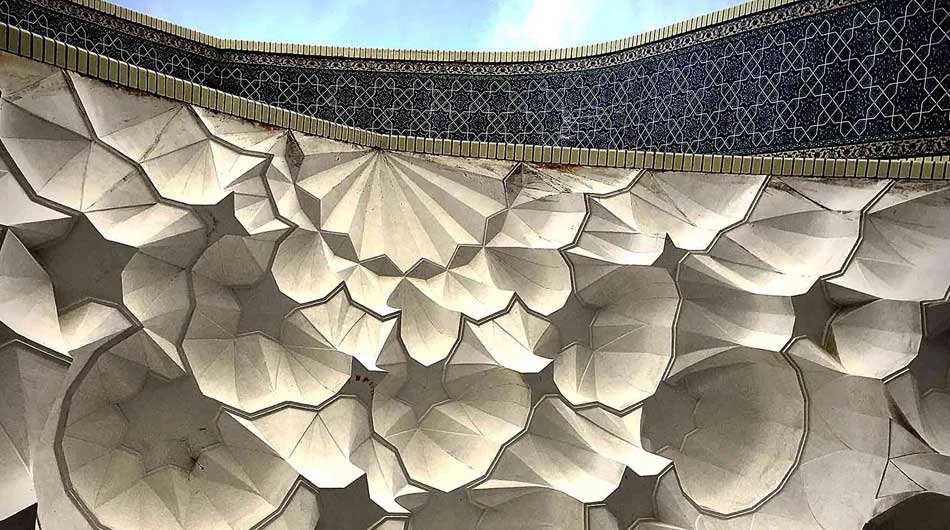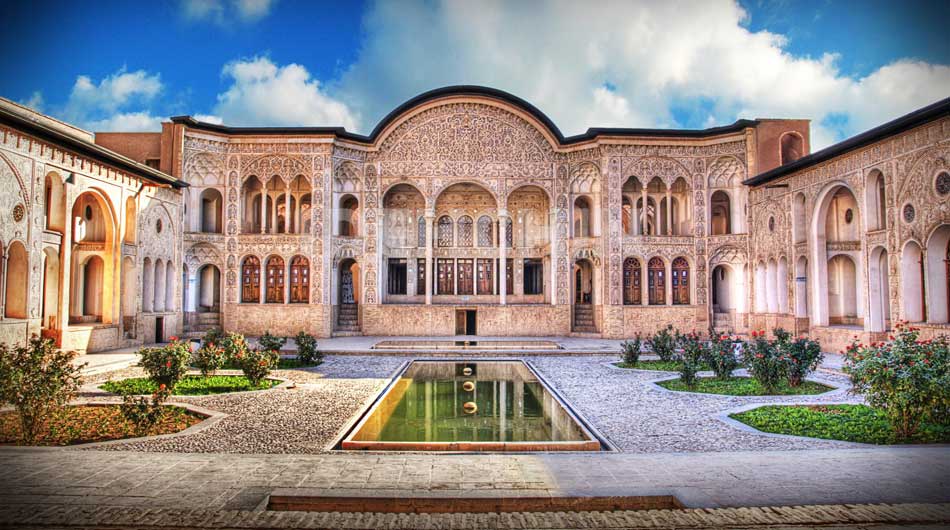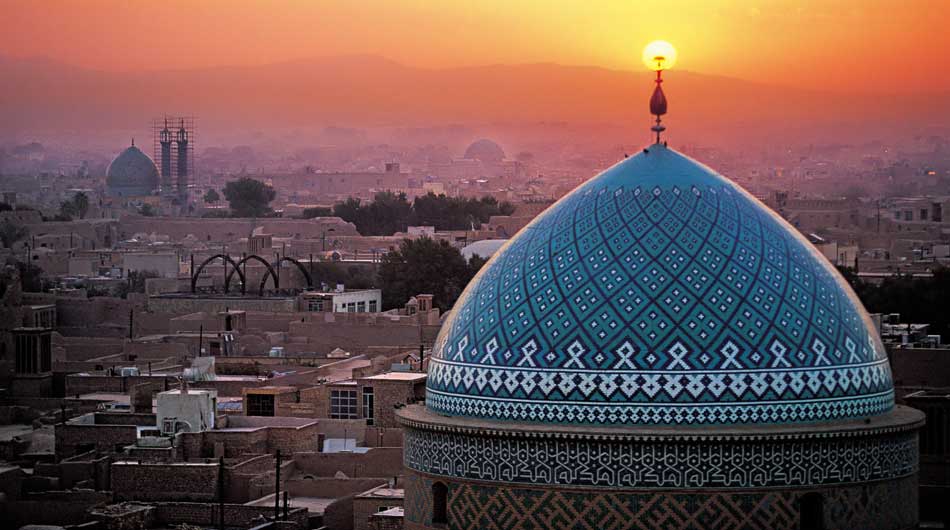Islamic Architecture in Iran: Beauty and Art in Historical Landmarks
Iranian Islamic architecture is renowned worldwide for its intricate designs, grandeur, and spiritual significance. In this article, we will delve into the beauty and artistry of historical landmarks that exemplify Iran’s Islamic architectural legacy.
A Journey Through Time
To truly appreciate Islamic architecture in Iran, one must embark on a journey through time. The roots of this architectural style can be traced back to the 7th century when Islam first arrived in the region. Over the centuries, Persian architects and craftsmen blended Islamic principles with their own artistic traditions, resulting in a unique and captivating architectural style.
The Grand Mosque of Isfahan
One of the most iconic examples of Islamic architecture in Iran is the Grand Mosque of Isfahan, also known as the Jameh Mosque. This masterpiece dates back to the 8th century and has undergone numerous expansions and renovations over the centuries. Its intricate tilework, soaring minarets, and sprawling courtyards showcase the skill and dedication of the craftsmen who contributed to its construction.
The Grand Mosque of Isfahan serves not only as a place of worship but also as a testament to the architectural prowess of its time. Its vast prayer hall, adorned with stunning calligraphy and geometric patterns, creates an atmosphere of serenity and spirituality. Visitors can’t help but be in awe of the harmony between art and religion that is evident in every nook and cranny of this magnificent structure.
The Imam Reza Shrine in Mashhad
Moving eastward in Iran, the city of Mashhad is home to the Imam Reza Shrine, one of the holiest sites in Shia Islam. This sprawling complex is not only a center of religious devotion but also a masterpiece of Islamic architecture. The golden domes, intricate mosaics, and towering minarets make it a sight to behold.
What makes the Imam Reza Shrine particularly fascinating is the continuous expansion and embellishment it has undergone throughout history. Each generation of architects and artisans has left its mark, resulting in a structure that seamlessly blends various architectural styles from different eras. This continuous evolution is a testament to the enduring significance of this holy site.
The Pink Mosque of Shiraz
Known as the Nasir al-Mulk Mosque, the Pink Mosque in Shiraz is a breathtaking example of Islamic architecture in Iran. It earned its nickname due to the predominant use of pink tiles in its design. What sets this mosque apart is its stunning stained glass windows that create a mesmerizing interplay of colors when sunlight streams through them.
Visiting the Pink Mosque during the early morning hours is a magical experience. As the sun rises, the interior of the mosque is bathed in a kaleidoscope of colors, casting a serene and tranquil ambiance. This architectural gem showcases how light and color can be used to enhance the spiritual atmosphere within a sacred space.
The Windcatchers of Yazd
Yazd, a desert city in Iran, is famous for its unique windcatchers, known as “badgirs” in Persian. These ingenious structures were designed to capture and redirect wind into buildings, providing natural ventilation and cooling in the scorching desert heat. While not traditional mosques or shrines, windcatchers are an integral part of Iranian Islamic architecture, reflecting the practical ingenuity of the region’s architects.
The intricate latticework on the windcatchers is not only functional but also beautifully decorative. The play of light and shadow created by the geometric patterns adds an artistic dimension to these structures. Exploring the historic district of Yazd allows visitors to appreciate how these windcatchers have been an integral part of daily life in the region for centuries.
Preserving the Legacy
Preserving Iran’s rich Islamic architectural heritage is of utmost importance. Many historical landmarks face challenges such as environmental factors, urban development, and inadequate maintenance. Efforts are being made by both the government and international organizations to ensure the conservation and restoration of these precious sites.
In conclusion, Islamic architecture in Iran is a testament to the fusion of beauty, art, and faith. From the Grand Mosque of Isfahan to the windcatchers of Yazd, each historical landmark tells a story of craftsmanship and devotion. These architectural marvels not only enrich Iran’s cultural tapestry but also inspire awe and admiration from visitors around the world. As we continue to explore and appreciate the beauty of these historical landmarks, we contribute to the preservation of Iran’s invaluable architectural legacy for generations to come.
Tags:Adventure holidays, Best time to travel to iran, best tour operator iran, Cultural sites of Iran, Grand Mosque of Isfahan, Holiday in Iran, Iran, Iran Architectural, iran attractions, Iran desert tour, iran destinations, Iran sightseeing tours, iran Solo trip, iran tour, Iran tour packages, iran tourist attractions, Iran travel agency, iran travel expenses, Iran Travel Guide, Iran Travel Tips, Islamic architecture, Islamic Architecture Iran, must-visit Iran, persia tour, Pink Mosque of Shiraz, top tourist destinations, travel to iran, travelling to iran, trip to iran, vacation packages, visit iran, Windcatchers of Yazd, درناگشت



